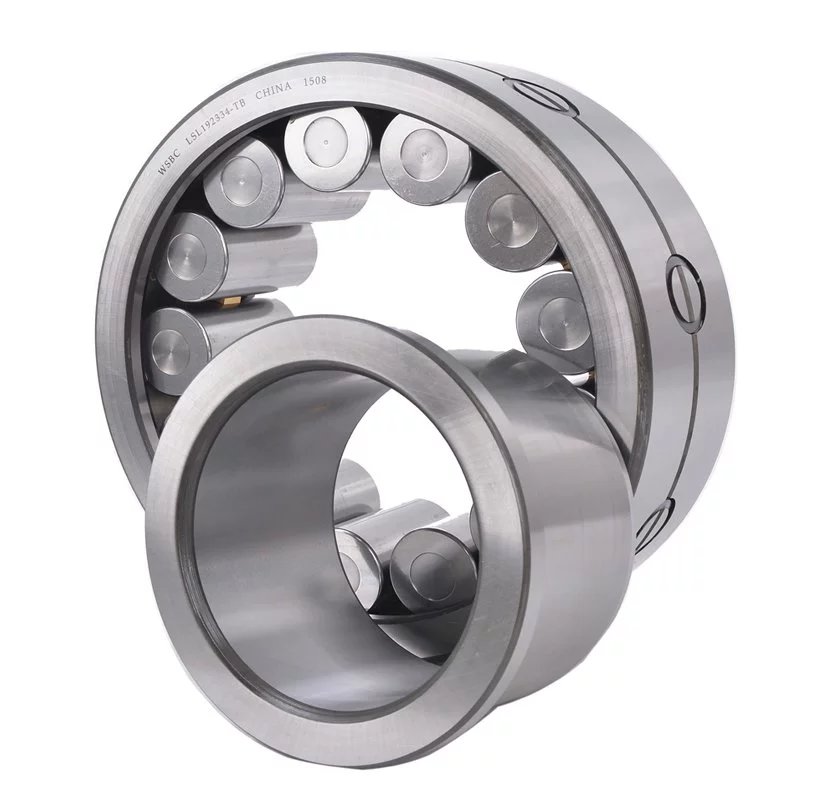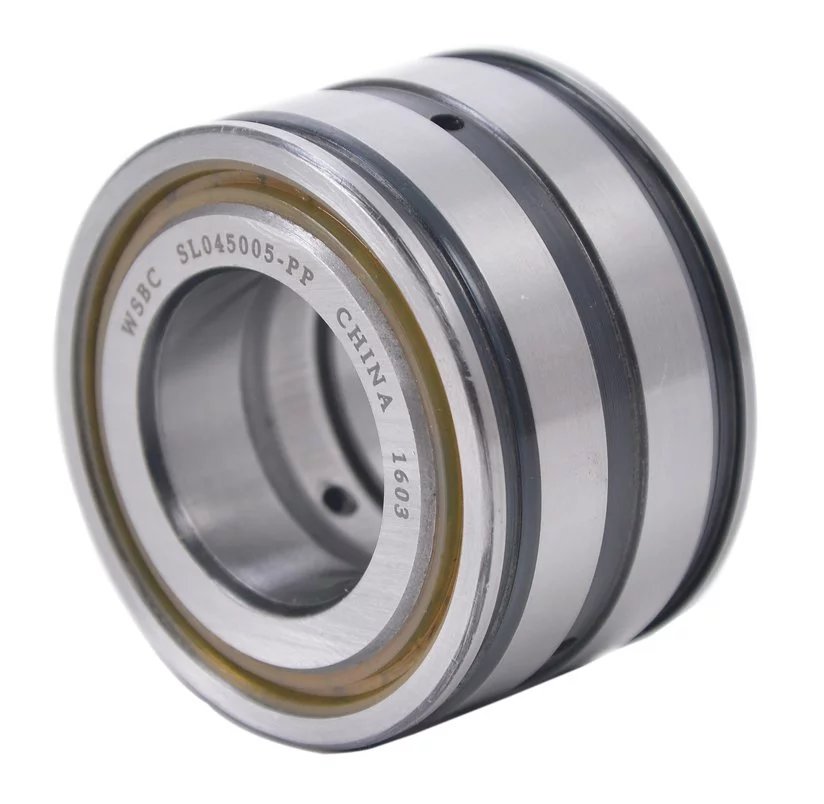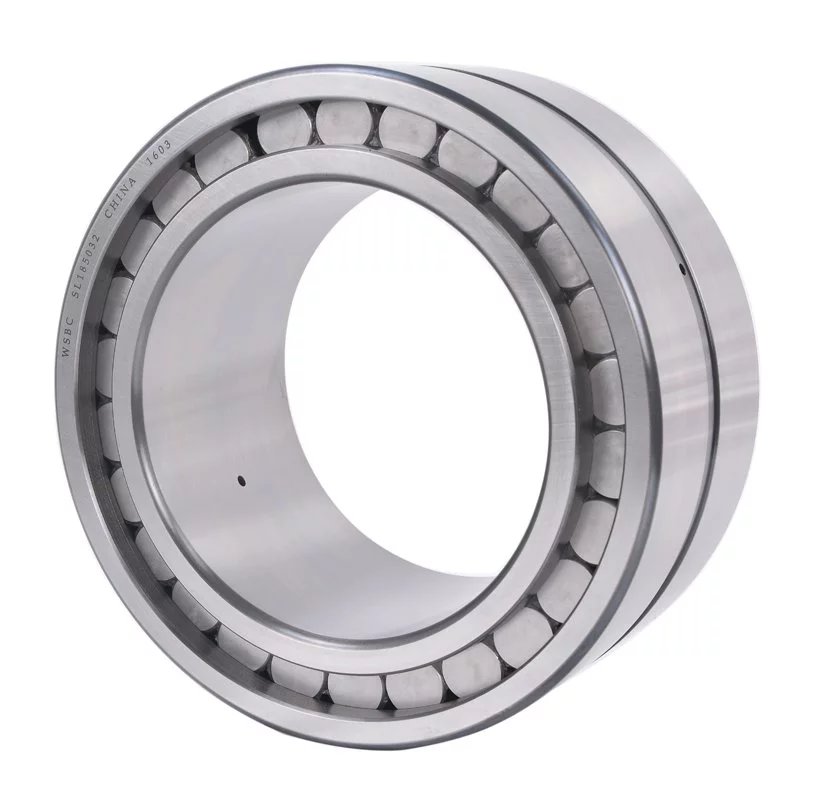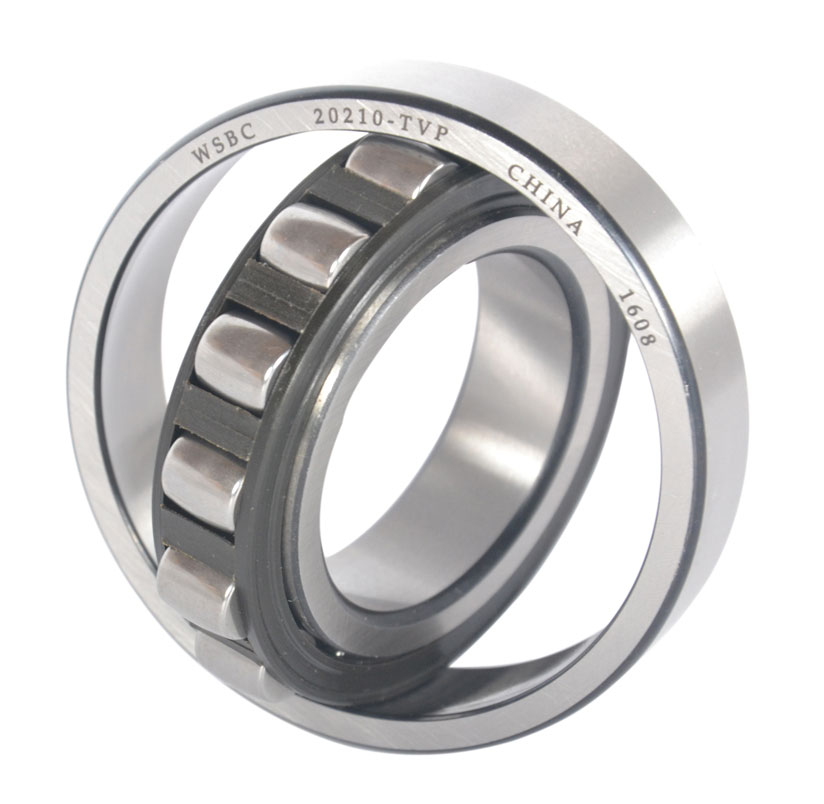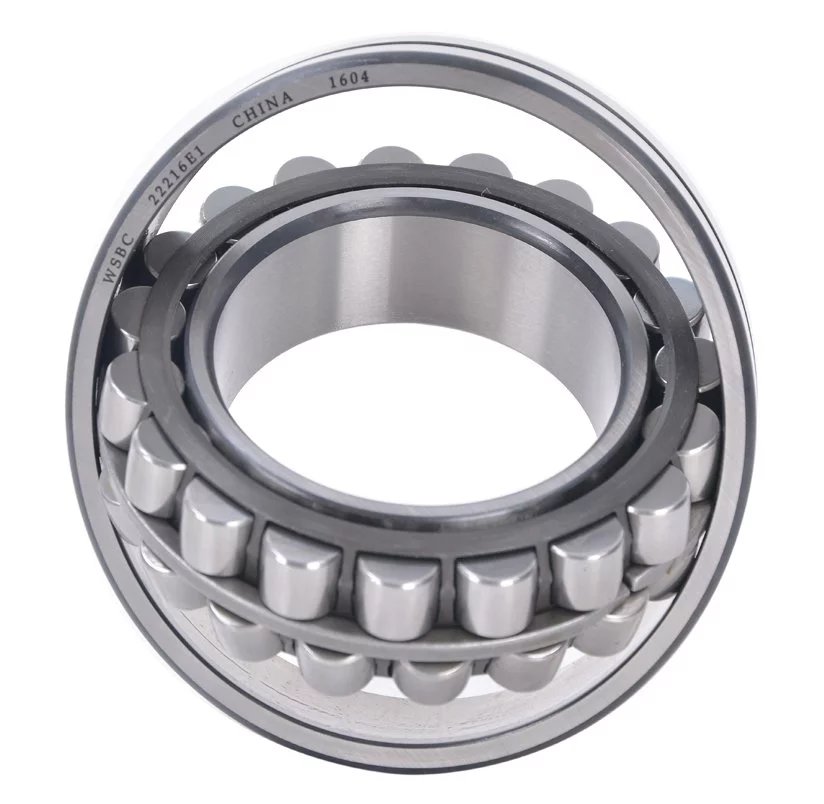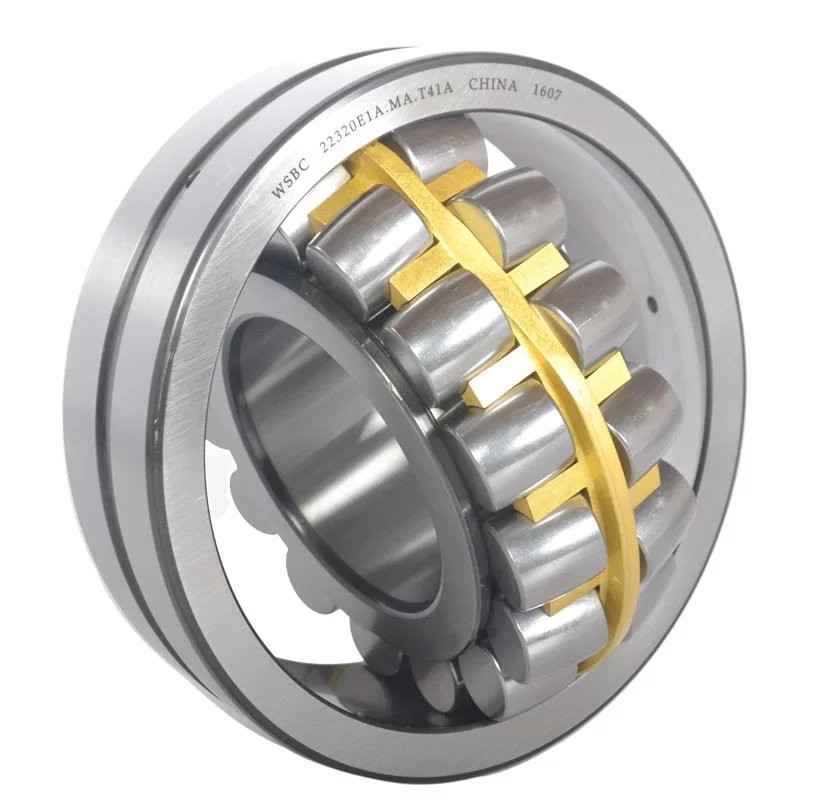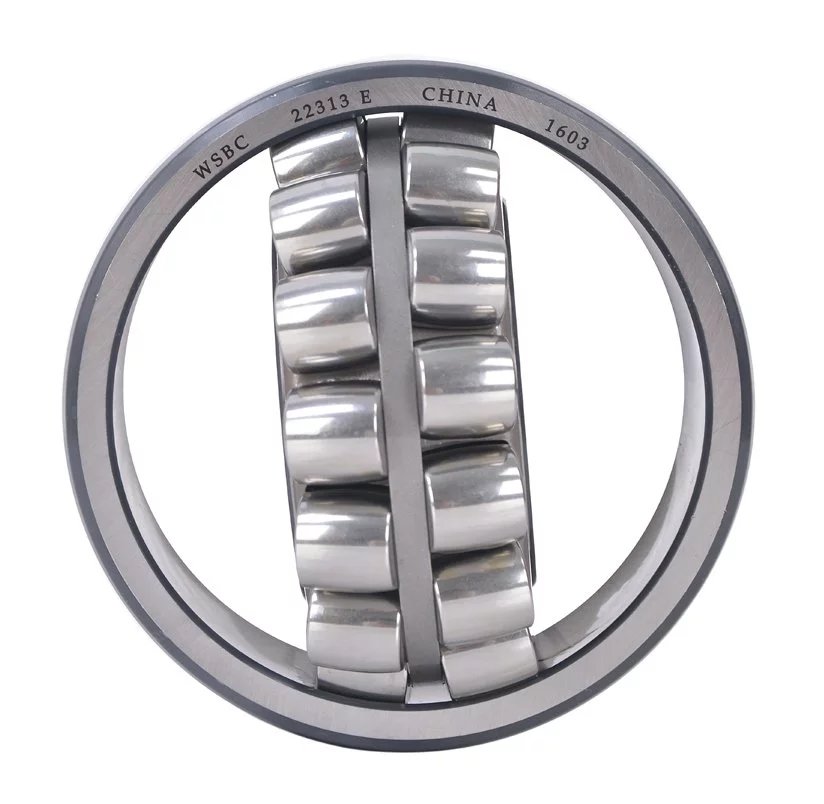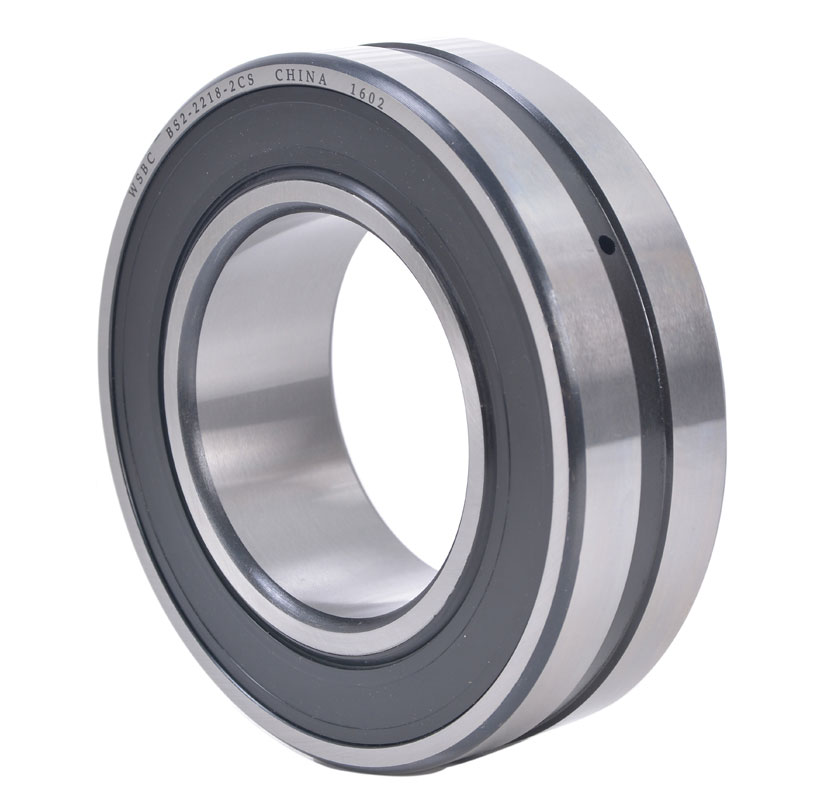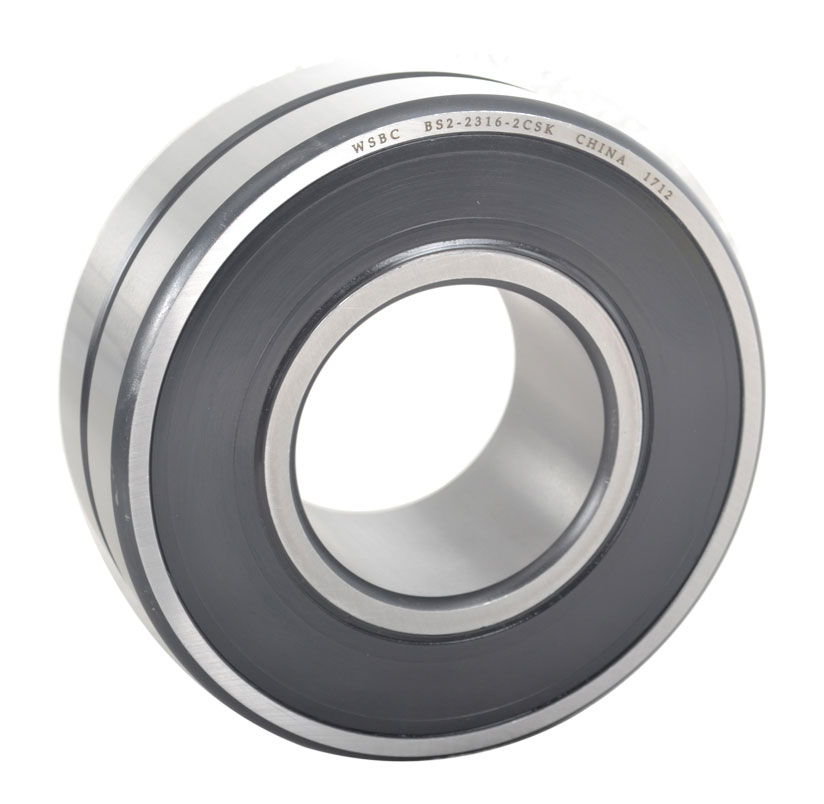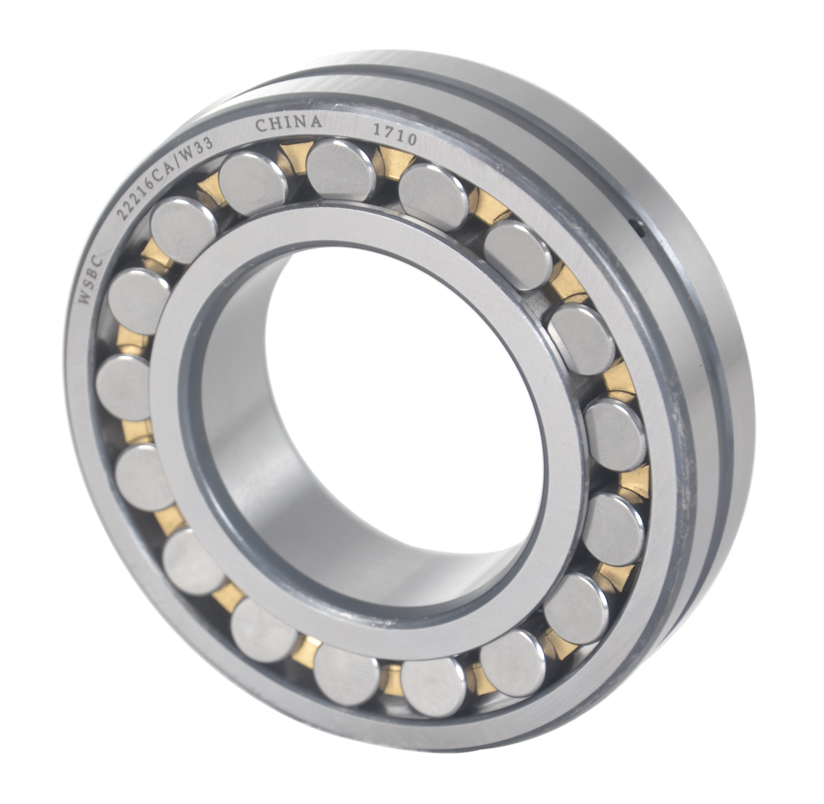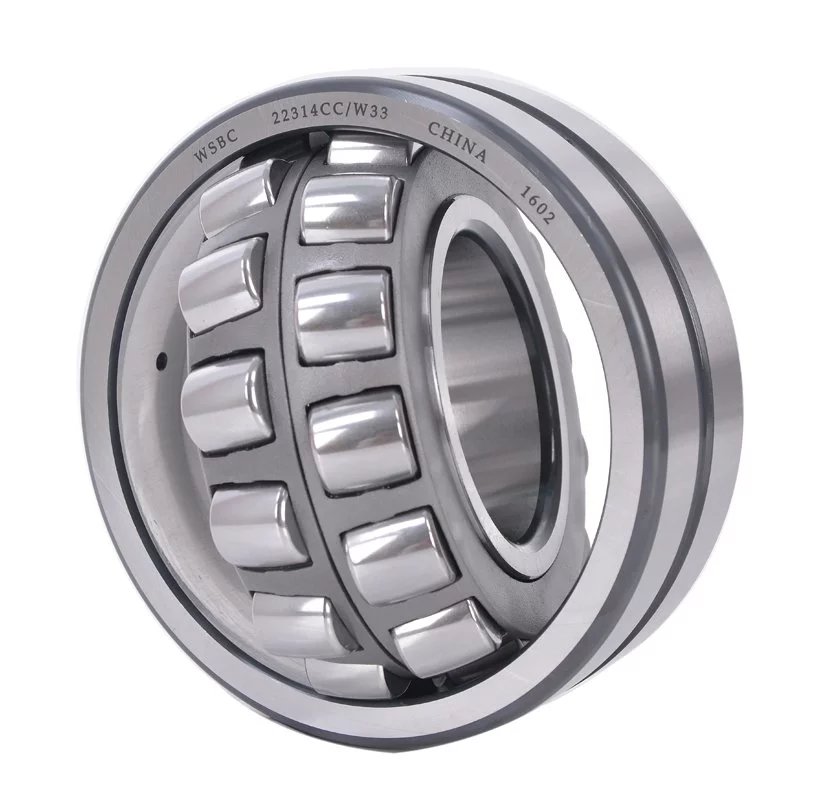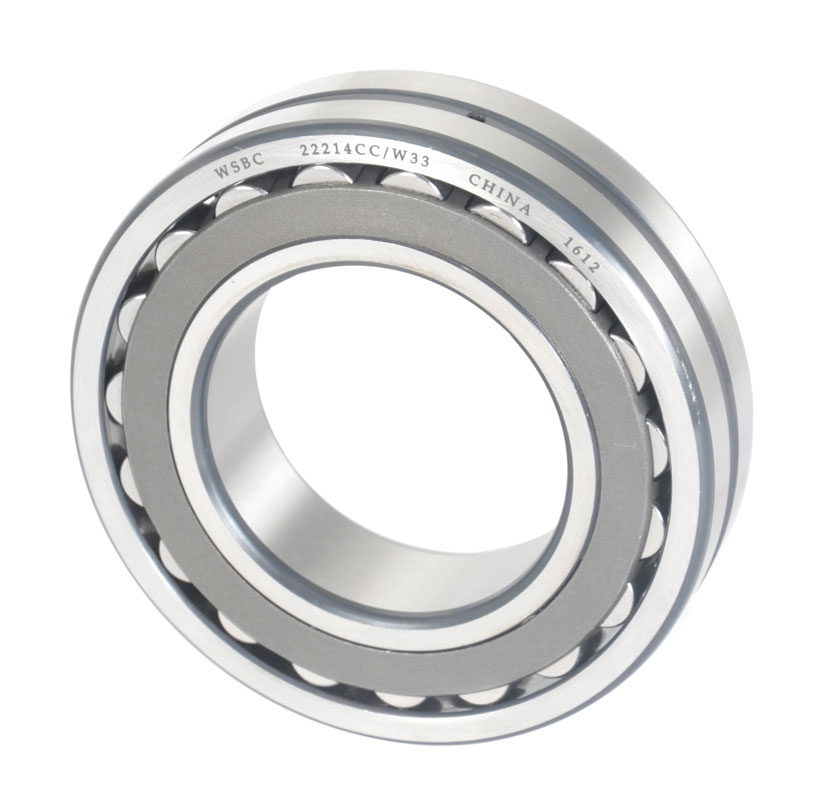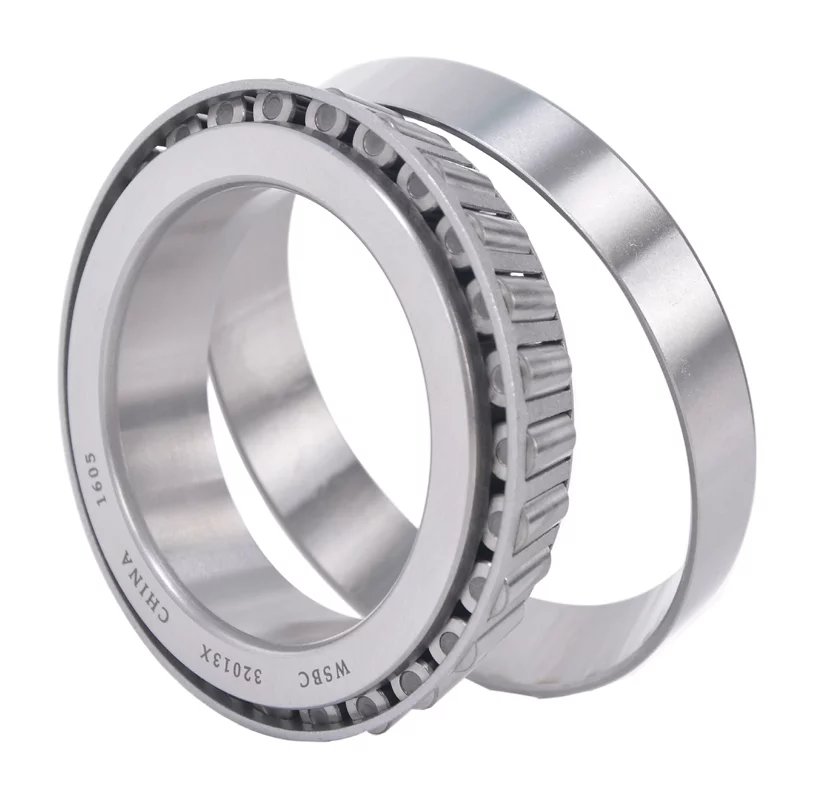News
Tapered Roller Bearing Fit and Load Type
Time:2020.07.14 Source:Roller Bearings Suppliers
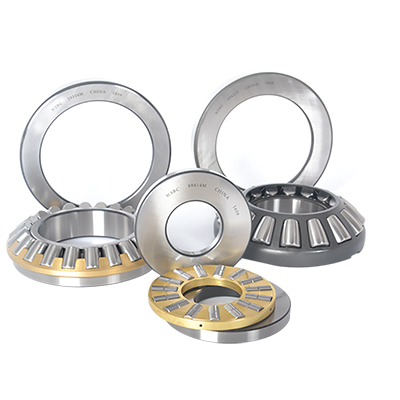
When choosing a fit, first consider the type of loading on the ferrule. There are three types of ferrules under load:
1. Fixed load
The synthetic radial load acting on the ring is borne by the local area of the ring raceway and transmitted to the opposite area of the shaft or bearing housing. This load is called a fixed load. The characteristic of the fixed load is that the resultant radial load vector is relatively stationary with the ferrule. Both the ferrule and the synthetic radial load do not rotate or rotate at the same speed are fixed loads. The ferrule that bears a fixed load can use a looser fit.
2. Rotating load
The synthetic radial load acting on the ferrule rotates along the circumferential direction of the raceway and is sequentially received by various parts. This load is called a rotating load.
The characteristic of the rotating load is that the resultant radial load vector rotates relative to the ferrule. There are three cases of rotating load:
(1) The load direction is fixed and the ferrule rotates;
(2) The load vector rotates and the ferrule is stationary;
(3) The load vector and the ferrule rotate at different speeds.
3. Swing load and indefinite load
Sometimes the direction and magnitude of the load cannot be determined accurately. For example, in a high-speed rotating machine, in addition to the load with a fixed rotor weight, there is also a rotating load caused by unbalanced mass. If this rotating load is more than a fixed load If the rotation load is much larger than the fixed load, the combined load is the swing load. Regardless of the rotation load or swing load, its size and direction are constantly changing. In the variable working state, the load on some ferrules may be rotating load, fixed load, and swing load. This load is called indefinite load. Need bearing WSBC 98400/98789D, click here.
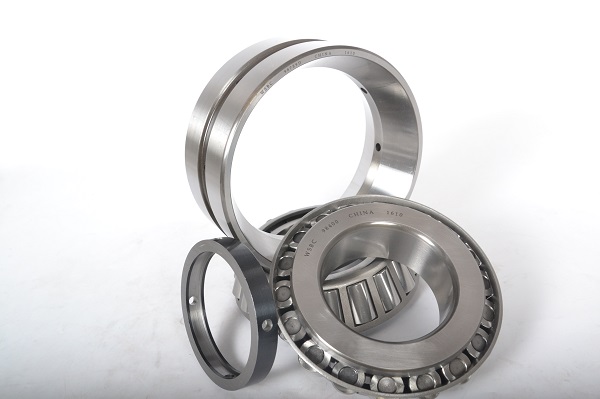
The swing load and the indefinite load should be treated in the same way as the rotating load. The excessive looseness will cause damage to the mating surface.
The ferrule rotating with respect to the load direction and the shaft or seat hole should be selected for transition fit or interference fit. The interference size is based on the principle that when the tapered roller bearing is working under load, its ring does not produce "creep" on the shaft or the matching surface in the seat hole. However, when the load is very light, or the ferrule rotates at a low speed occasionally under the heavy load, a transition fit can be used. At this time, the shaft surface should have a higher hardness and a smaller surface roughness.
For heavy load occasions, it should usually be tighter than the light load and normal load occasions. The heavier the load, the greater the interference fit.
The main points of choosing the supporting structure of tapered roller bearing
1.Limit the position of the shaft
How to define the position of the shaft, including radial and axial positions, is the first consideration. Generally, the shaft adopts a double support structure. The radial position of the shaft is defined by two supports. Each support should have a radial or angular contact bearing for radial positioning. The axial position can be limited by two supports to limit the axial displacement in one direction or one support to limit the axial displacement in two directions. In general, different axial positioning methods can obtain different running accuracy. Therefore, when designing the support structure, the specific scheme of axial positioning should be selected according to the accuracy and working conditions of the shaft.
2.Uniform load
In the case of bearing radial load and axial load at the same time, the support is often installed in pairs of angular contact bearings and tapered roller bearings. There are three arrangements of angular contact bearings installed in pairs. The relative installation of the wide end surfaces of the two bearing outer rings is called back-to-back installation. The two support force action points fall outside the support span.
This arrangement is due to the large support span, good rigidity when the shaft is cantilevered, and the inner and outer rings show a tendency to disengage when the shaft is heated and extended, so the shaft will not be stuck, so it is widely used. However, if pre-tensioning is used, the amount of pre-tensioning will be reduced when the shaft is heated. The relative installation of the narrow end surfaces of the two bearing outer rings is called face-to-face installation.
The force action points of the two supports fall within the support span. This arrangement is simple in structure, easy to assemble and disassemble, and debug, so it is also widely used. It is mainly used for short shafts and low temperature rise, but it must be kept with spare clearance. The axial clearance should not be too large, too large will reduce the running accuracy of the shaft. When the axial load is large and multiple bearings are required to bear at the same time, the series connection method of the bearing outer ring width and narrow face is often used. Each bearing force action point falls on the same side of the bearing, so it is called co-arrangement and tandem connection. When using this arrangement, attention should be paid to the structure and manufacturing to ensure that each tapered roller bearing can bear the load as uniformly as possible. WSBC 31312/DF bearing online.
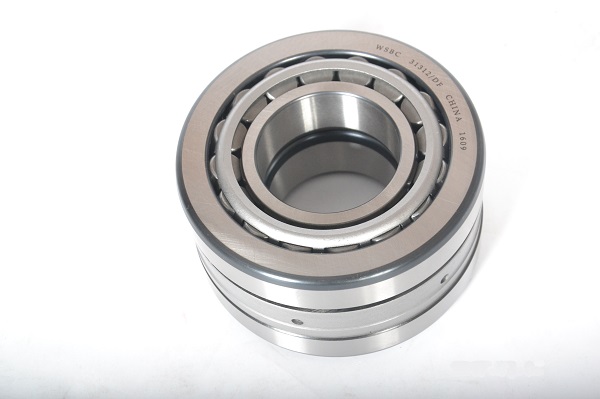
3.The expansion and contraction requirements of the shaft heating
When the machine is in operation, the temperature of the main shaft or transmission shaft is generally higher than the temperature of the adjacent parts, so the shaft will expand thermally. In order to keep the rotation of the shaft flexible, in the design of the supporting structure, while satisfying the requirements of the axial positioning accuracy, the requirement of the shaft to freely expand and contract under heat must also be considered. The methods of axial positioning and axial telescoping are corresponding.
4.Adjust bearing clearance
Adjusting the clearance of tapered roller bearings is to control the running accuracy of the shaft. The axial position adjustment of the shaft is to meet the special requirements of some meshing drives. For example, in the worm drive, the worm axis must fall in the middle plane of the worm wheel to ensure proper meshing, which requires the worm wheel shaft to adjust its position in the axial direction. In the bevel gear transmission, the apex of the pitch cones of the two bevel gears must coincide, which requires that both bevel gear shafts can be adjusted axially.
Hot Topics
Copyright © Wuxi Spark Bearings Co.,Ltd Co., Ltd All Rights Reserved. Sitemap
www.spark-bearing.com. Profession in Roller Bearings, Ball Bearings and Taper Toller Bearings-China Suppliers.
